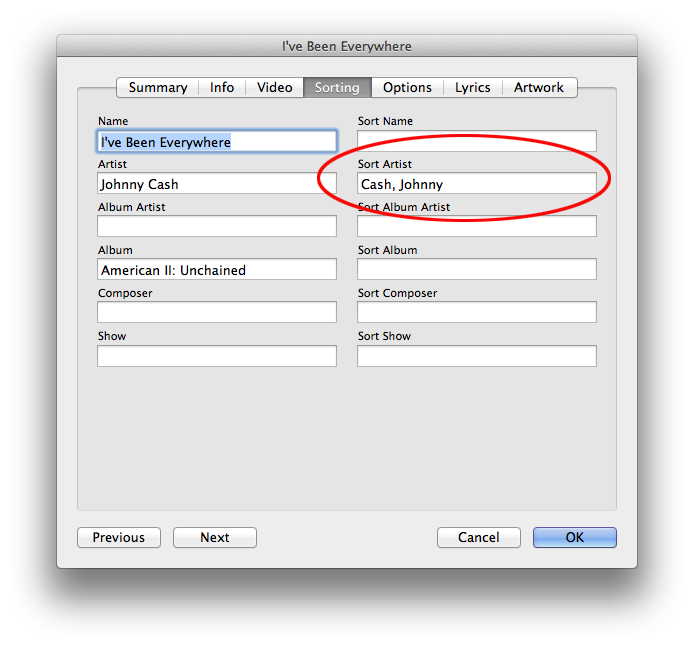I recently resurrected an old piece I wrote for Pop-Culture-Corn called “How Cool Is Paul McCartney?”. The original feature, now lost somewhere deep in the belly of a Google backup drive, found four writers each making the case for a particular Beatle as the apogee of Cool. I was asked to represent McCartney because of my avowed fondness for his work; I accepted because I was, and still am, sick of the sneering attacks music critics have been aiming at him since roughly five minutes after John Lennon’s death.
And also, truth be told, because I have an unfailing sympathy for the uncool. And McCartney, no matter how cool his various achievements, will always, personally, be uncool. As many a sardonic wag has remarked, The Beatles are dying in order of coolness. Ringo’s next.
Reading my essay over now, there are a few things I would change: I’d tone down the Yoko bashing, for one thing. (The creepy, unhealthy psychodrama of the Lennon/Ono marriage rests more with the groom than the bride.) For another, I actually think I could’ve made my case stronger. Forget for a moment the fact that, in 1966, McCartney was among the handsomest, most interesting and most sought-after (read: cool) figure in arguably the most culturally significant city in the world at that moment. He went where he wanted, slept with whom he wanted, did whatever the fuck he pleased; no one would turn down a chance to trade places with Paul McCartney. But forget all that and just stick to what you can quantify. McCartney was the first of the Beatles to write his own songs, the first member of the fledgling Quarrymen who actually knew how to play. (Lennon played the guitar with banjo chords until “Paul taught [him] to play properly.”) Unlike Lennon, who before meeting Ono deeply mistrusted anything avante garde, McCartney eagerly absorbed the musique concrete of Stockhausen or Glass, and was the first of the Beatles to rip the eraserhead out of his tape recorder and begin making tape loops in his home studio. Without McCartney, “Tomorrow Never Knows” would have consisted of John Lennon banging out C on his acoustic guitar, and the world might have been spared “Revolution #9” altogether. It was McCartney who pushed the Abbey Road engineers to overdrive the trebly guitars of “Nowhere Man” and who had the idea of recording his bass through another amplifier instead of a conventional microphone. Critical opinion has swung between either Sgt. Pepper or Revolver as the Beatles’ masterpiece — and both are dominated by Paul, from behind the desk if not always behind the mike. This is something beyond cool; there are maybe a dozen people in 20th century popular music who can claim achievements of this rank.
And yet.
I will defend McCartney’s creativity and experimentalism to the end. Yet my heart-of-hearts favorite Beatle?
John.
John Lennon was a deeply wounded man, a man for whom braggadoccio and cruelty served as a mask for an insecure boy who never stopped resenting all the grownups who thought he was worthless — and who he must have at least occasionally suspected were right. Lennon’s earliest efforts at “honest” songwriting were exercises in formulaic self-pity, no more or less fundamentally honest than the likes of “I Want to Hold Your Hand.” But somewhere around 1965, Lennon figured out how to tap his inner conflicts without resorting to sad-clown poses. He presented the tangle of his psyche with all its contradictions intact, grounding his songs in uncertainty, hesitancy, confusion. Lennon’s finest songs — “She Said She Said,” “Strawberry Fields Forever,” “I Am the Walrus” — are snapshots of a tumbling psyche in mid-churn.
The usual critical line is that McCartney, by contrast, was shallow, preferring to pander with a smiling face and a thumb perenially turned upward. That’s an oversimplification. McCartney aired his share of emotional dirty laundry, most famously in “We Can Work It Out,” positively Lennonian even before his partner added its rather impatient middle eight. But McCartney, ever the forward-thinking optimist, tended to present his emotional dilemmas post-facto, their tensions already resolved. If Lennon’s songs were the work of a skeptic, McCartney’s were the product of a believer. Think of “Let It Be” and its famous opening lines:
When I find myself in times of trouble
Mother Mary comes to me
No sooner is the crisis introduced than the solution arrives. Lennon could have handily written an entire song about finding himself in times of trouble — indeed I seem to recall a song called “Help” written in 1965 or so — but for McCartney, it is merely the precursor for the dramatic uplift, the consolation that is the song’s true message. “Hey Jude” of course is an anthem of consolation, a plea for optimism that is both cannily calculated and wholly heartfelt. Both “Hey Jude” and “Let It Be” are gorgeous songs, and the former is among the Beatles’ very finest, but unlike Lennon’s finest, they begin after the crisis has taken place, not in the middle of it.
So I will always admire Paul’s amazing abilities, his drive, and his belief that the ordinary and the positive are worth celebrating. But it’s John who, briefly and wonderfully, speaks to me.
